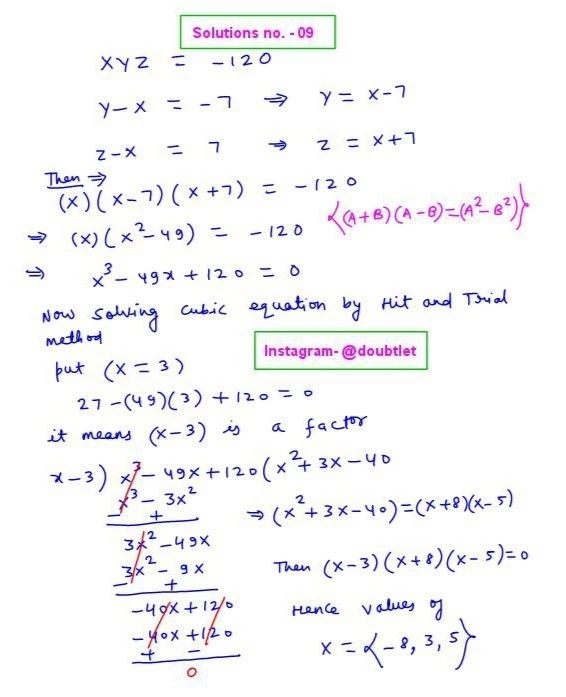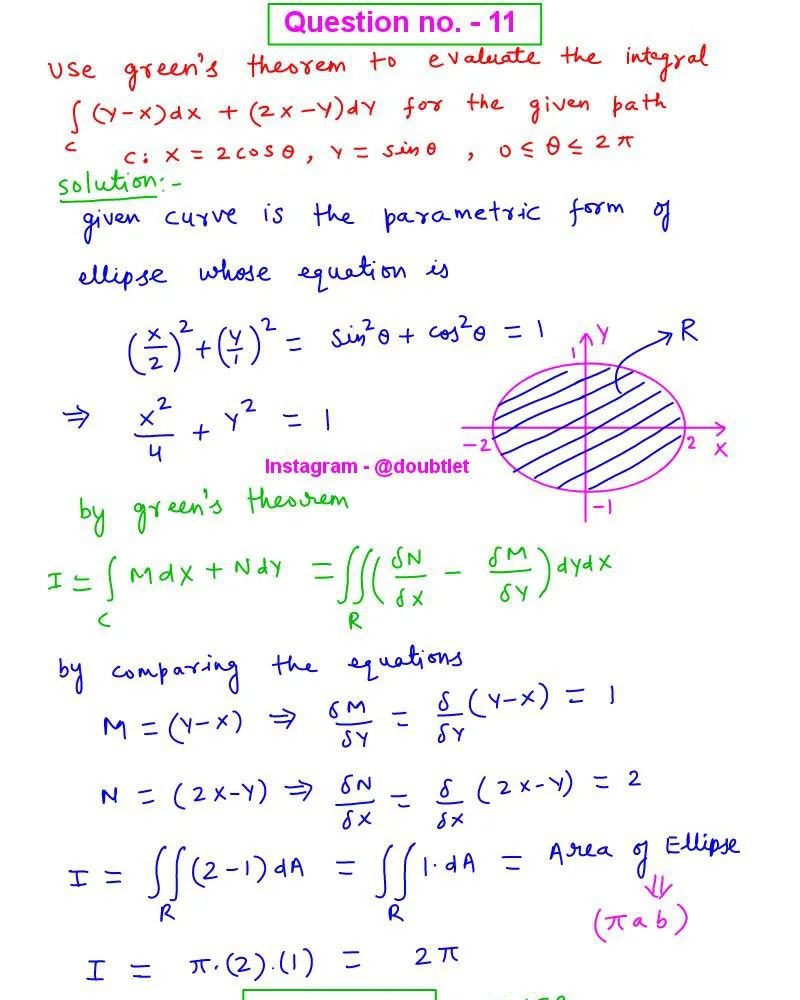









Question :
Find the absolute maximum and minimum values of on the set : ,
- absolute maximum value:
- absolute minimum value:

Solution:

Neetesh Kumar | November 30, 2024
Calculus Homework Help
This is the solution to Math 1D
Assignment: 14.7 Question Number 9
Contact me if you need help with Homework, Assignments, Tutoring Sessions, or Exams for STEM subjects.
You can see our Testimonials or Vouches from here of the previous works I have done.
Step-by-step solution:
Step 1: Understand the problem and the region
The function is a quadratic function of both and . Since we are working on a closed rectangular region , the extreme values of the function (maximum and minimum) will either occur at the interior critical points (if any) or at the boundary points of the region.
The region is a rectangle defined by:
Step 2: Find the partial derivatives
We begin by finding the first partial derivatives of with respect to and to locate any critical points within the interior of .
-
Partial derivative with respect to :
-
Partial derivative with respect to :
Step 3: Solve for critical points
Set each partial derivative equal to zero to find the critical points:
-
For , we solve for :
-
For , we solve for :
Thus, there is a critical point at . We now need to check if this critical point lies within the region . Since and , the point is indeed inside the region .
Step 4: Evaluate at the critical point and boundary points
1. Evaluate at the interior critical point :
Substitute and into :
2. Evaluate at the boundary points:
We now evaluate at the vertices of the rectangle (the boundary points) and along the edges.
Vertex :
Vertex :
Vertex :
Vertex :
Along the edge (from to ):
Substitute into :
Evaluate at the endpoints:
- At , (already calculated).
- At , (already calculated).
This is a downward-opening quadratic function in . Since has a vertex at , the maximum value on this edge is .
Along the edge (from to ):
Substitute into :
This is the same quadratic expression as along the edge , so we already know that the maximum value on this edge is . The values at the endpoints are:
- At , (already calculated).
- At , (already calculated).
Along the edge (from to ):
Substitute into :
This is a downward-opening quadratic function in . We already know the values at the endpoints:
- At , (already calculated).
- At , (already calculated).
The maximum value along this edge occurs at , and we already know that .
Along the edge (from to ):
Substitute into :
This is a downward-opening quadratic function in . We already know the values at the endpoints:
- At , (already calculated).
- At , (already calculated).
The maximum value along this edge occurs at , and we already know that .
Step 5: Conclusion
We have evaluated at the vertices, along the edges, and at the critical point. The maximum value occurs at the point , and the minimum value occurs at the point and .
- Absolute Maximum Value: at
- Absolute Minimum Value: at and
Final Answer:
Absolute maximum value:
Absolute minimum value:
Please comment below if you find any error in this solution.
If this solution helps, then please share this with your friends.
Please subscribe to my Youtube channel for video solutions to similar questions.
Keep Smiling :-)
Comments(0)



Leave a comment